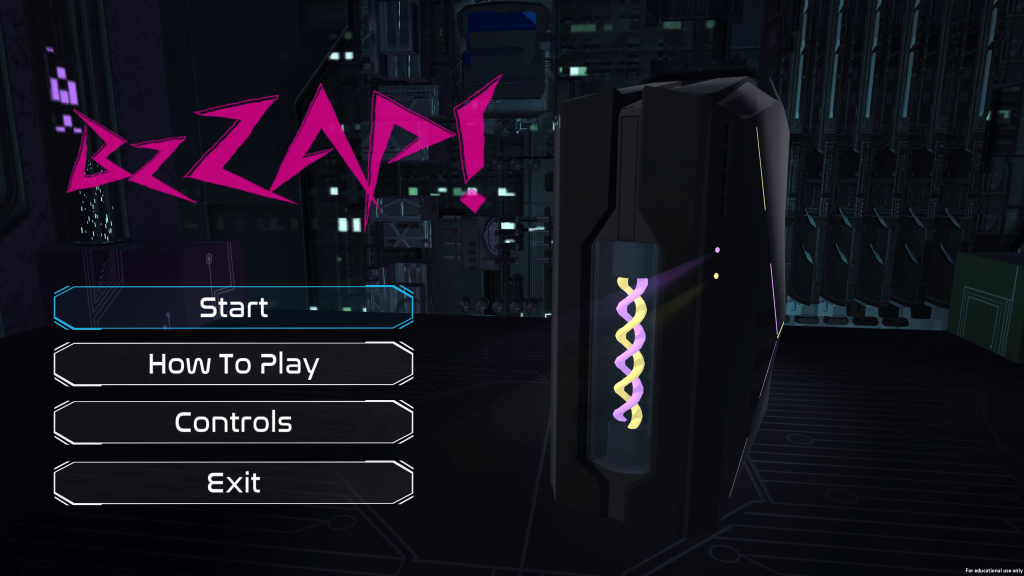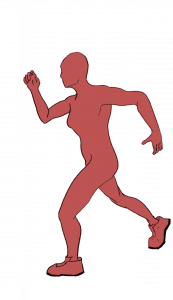Week fifteen update:
This week has been an exercise in listing out the small tweaks we want to make to BZZAP! before submission for finals and the ETC Open House on Friday.
From a gameplay standpoint, we have added a few features to encourage passing and team play more:
- Players now lose possession of the charge when they touch the ground – meaning that they will need to pass if they want to avoid getting stunned and losing the charge.
- The stun upon Zapping a player is slightly longer, which serves to break up the constant confusing dog fights we’ve been seeing players engage in.
- Zapping (the lock on boost) now has a range attached to it. This forces players to use skill when attacking and defending – moving close to the target to get within Zap range.
- Passing the charge is now much slower speed, allowing for ample opportunity for interceptions.
- The overall gameplay has been slowed down to allow for easier parsing of the moment-to-moment gameplay.
The final mechanics are gone over in our tutorial video, which we released this week to supplement our experience. The overall reaction to the video in our Open House presentations were positive – but generally it was felt that it was too long (especially if there were players present who were already familiar). That being said, it did help reduce the learning curve for novice players, even if they weren’t able to absorb all of the information with one viewing.
In addition to this, in week fifteen we have made some polish improvements to the art and UI in our game allowing for greater playability. VFX for the charge has been amped up in brightness to make it more visible.

We’ve also added an end screen with statistics as a quality of life change. We found that beyond just winning and losing, players wanted to know how they were doing in our game (similar to how basketball tracks player statistics). Overall, we found that this made our game more fun for players to engage in – even if they weren’t consistently winning.

To round out the week, we participated in the ETC’s first Spring Open House! It was exciting for all of us to be able to show off our hard work, and gratifying to see players engage in our game:
Thanks to all for following us this semester as we developed BZZAP! The last hurdle for us will be our finals presentation, and then we plan to be posting BZZAP! on itch.io and Kongregate by May 9th, link will be shared on this website!
























